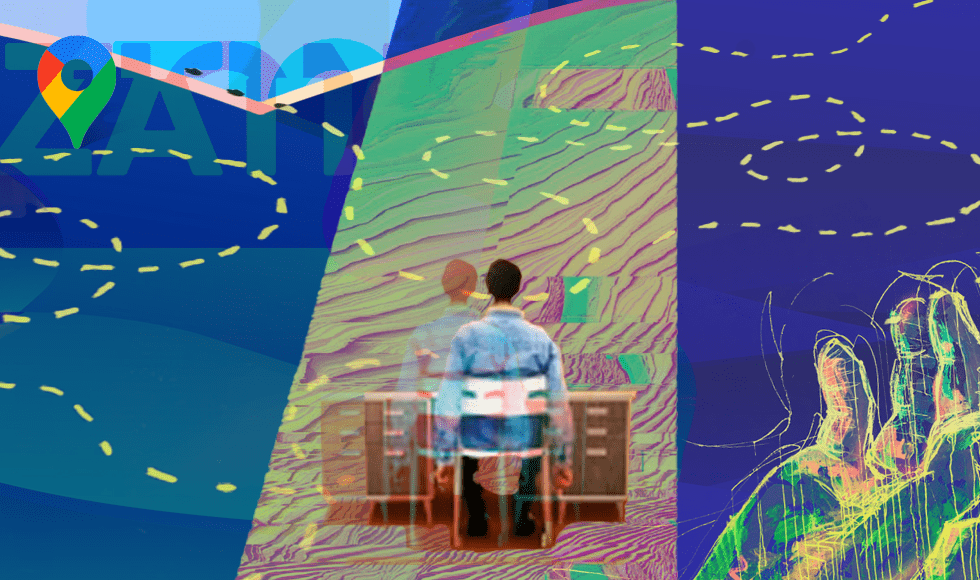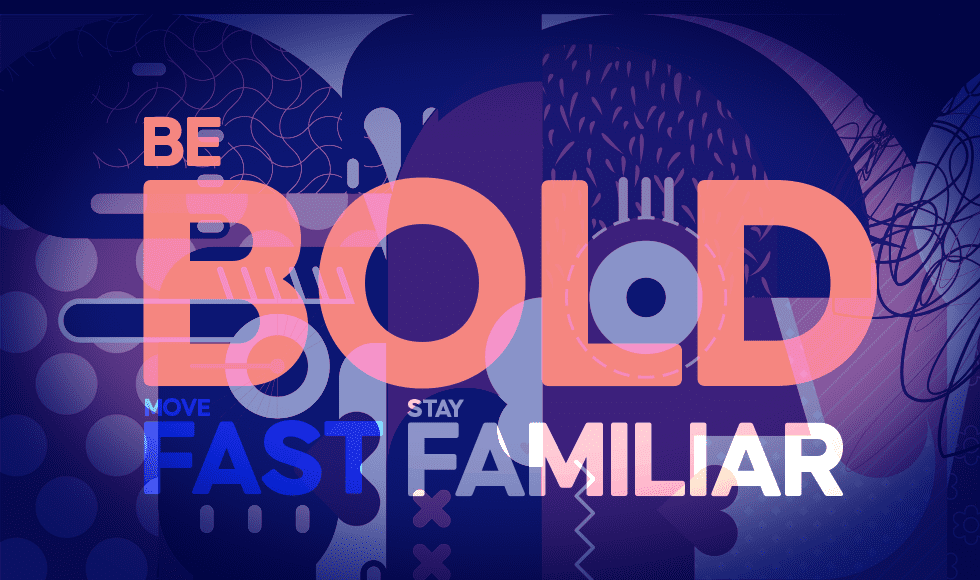There is a time and place for conventional translation, like for legal documents or instruction manuals. While a respected linguistic skill, translating can sometimes be done in a very literal sense; words and their meanings, rather than ideas, tend to be translated directly.
Translation can look a bit like this:
Dog = perro, hond, chien, cane, 狗.
Language is not just words and symbols, but rather a part of culture and meaning-making, and therefore carries a lot of weight. Yet while language is essential to consider, it should not be the only piece of the puzzle deliberated over when marketing materials are in production for other locations outside of a brand’s primary market.
Content needs to be highly adapted to achieve any emotional resonance with widespread audiences, including visual content. No matter where you are, your brand should be reacted to in the same way.
This is where transcreation comes into the picture. It goes beyond both translation and localisation to transcend the cultural, linguistic and emotional barriers which naturally exist because of oceans, distances and histories that can separate potential consumers.
At a glance: The differences defined between translation, localisation and transcreation
> Translation focuses mainly on the words. It is the process of taking content from the target language and converting it into the source language by its equivalent meaning.
> Localisation moves beyond words and considers the content piece as a whole, visuals included. It takes a broader approach by taking the theme and topic of the text and then ensuring it is culturally adapted.
> Transcreation means creative overhaul, where the process of adapting content means thinking about the content from scratch. To resonate on an emotional level with a foreign audience, this creative service only uses the original text as inspiration for the transcreated or recreated version.
Looking at the differences more closely
They are all different levels of the same service (that of translation). Customers or clients can request one or the other depending on what they need. Let us distinguish these differences…
Translation
Translation, by now, is probably quite clear. When done well, translation should go beyond the literal. Take literature, for example. Successful novels are littered with beautiful analogies, distinctive dialogue, character idiosyncrasies born from their cultural upbringing and “inside” references which only make sense to that target audience. The translation process subsequently needs to be intricate and attentive, to carry over the same impact to a translated version.
However, in the world of marketing, some incidences of literal translation have indeed taken shortcuts, damaging the campaign’s efficacy. See below some famous examples of the dangers of this:

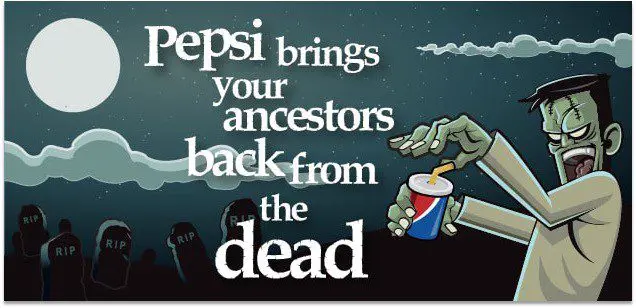
Quite a shame that when Pepsi took their English campaign to China, their slogan assured people that their ancestors were to be given a new “lease of life”.

In China, the company’s name was translated to ‘Bensi’, which in Chinese in fact means the above. For this obvious reason, the company re-branded as ‘Benchi’, which roughly means “running quickly as if flying”.
Localisation
Localisation is very closely linked to transcreation because they both involve comprehensively adapting content for a target audience. It came from a need for software translation, so that products could be functional across linguistic barriers.
Localisation takes a broad, all-encompassing approach, as it deals with all of the cultural factors that need to be addressed in content, whether that be linguistic, visual or thematic.
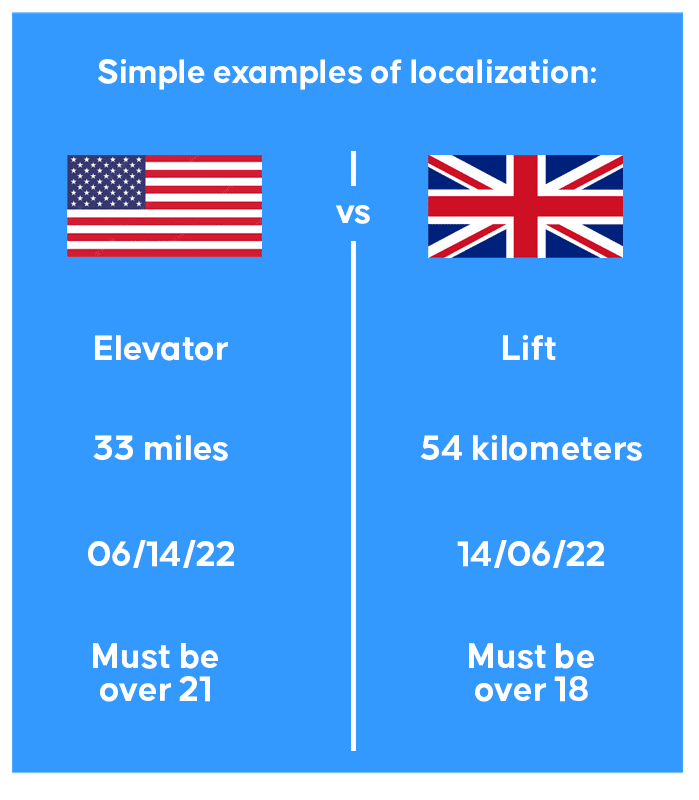
Localisation in action by Storyteq client, Heineken:
Both of the above advertisements are from the same campaign, but airing in Europe and Brazil, respectively. Each advertisement follows a similar dating theme, but daters in Brazil are up and out of their seats swaying to the music, echoing the strong culture of dancing there.
So how is transcreation different; what more can transcreation achieve?
Transcreation
The Journal of Specialised Translation affirms that transcreation is the only possible way to translate marketing and advertising copy. Transcreation, as a global marketing strategy, focusses on the response marketers aim to elicit from their target market. This could entail formulating new slogans, producing an entirely different video advertisement or finding an alternative spokesperson.
Transcreation involves a total overhaul and re-working of content to ensure it conveys the brand message on an emotional level within a foreign market. In transcreation, messages are freshly adapted while still maintaining the context, style and tone of the original message. The source text acts primarily as inspiration, in order to find the meaning behind the original content.
Oftentimes, a merely translated message can be diluted or outrightly lost in translation. A successfully transcreated message, on the other hand, carries the same emotions and implications in the target language as the source language.
A straightforward example of transcreation would be Christmas advertisements by Coca-Cola.


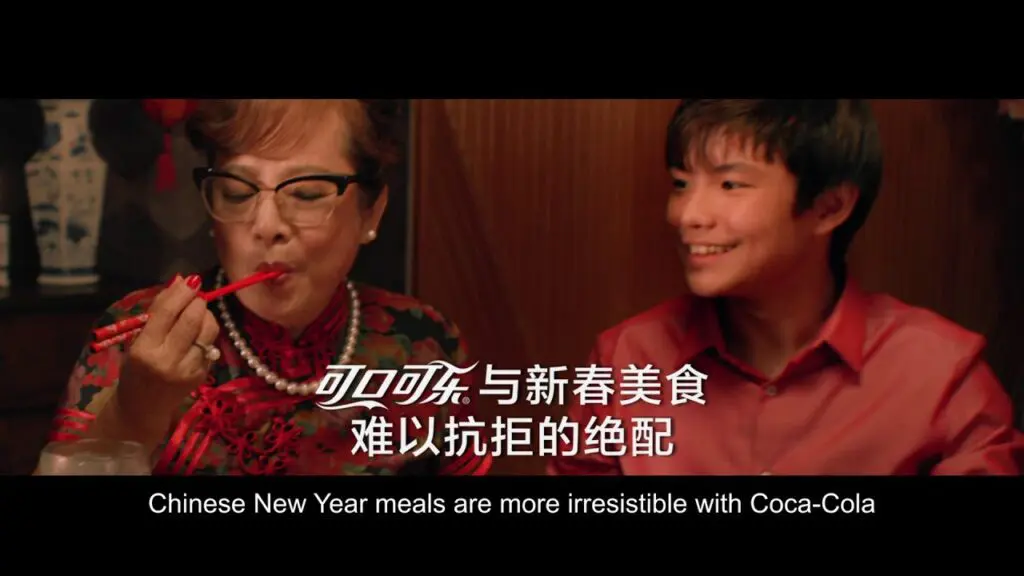
Not everybody around the world celebrates Christmas; in China, Chinese New Year is a much bigger deal. Some people do not know who Santa Claus is. Additionally, not everywhere is Christmas cold and snowy. In Australia, December 25th falls during summertime.
Who does transcreation?
Computers would rule the marketplace if they could transcreate. Even as translation technology continues to advance, transcreation brings the human touch that marketing needs.
This human uses rationale and reason based on experience to guarantee the adaptation is appropriate and attractive for customers in the target region.
Someone who is performing transcreation will not only be a native speaker in the language, but a cultural consultant of sorts. Language is culture; the two are intertwined. Experts in a language should therefore be experts in that culture too. They should be immersed in the country’s media and social life, and observing the trends, because language changes over time. Just think about the amount of things you could say to your grandmother that she would not understand, despite your shared language.
Where translators usually bill per word, transcreators bill by the hour or per project, because transcreating three words could take them many hours. Transcreation is a creative service, more in line with copywriting or even graphic design. Capturing a brand’s message will not be a direct A to B trajectory.
How is transcreation done?
1. A clear creative brief is given
2. The transcreator researches
3. The transcreator absorbs everything about the source text, but only for inspiration
4. The transcreator puts away the source text entirely, and begins ideating and conceptualising a way to put across this same message in this new culture
How is transcreation approached?
In the study previously referred to, the process of transcreation is described similarly to any definitions one will find on the topic: the transcreator starts by looking at the copy written in its source language and then reconstructs the target text and media as if it had actually originated in the target language and culture. The content piece or creative asset is “recreated”.
How does a transcreator make it feel like the translated piece was born in the local language? There are a few common steps for transcreation in marketing:
- A clear creative brief is given
The client should detail the main feeling the target text needs to evoke and what their goals for the campaign are. - Research
Any expert of a culture, or transcreator, should fine-tune their expertise in relation to the market they will be writing for.
- Getting inspiration from the source text
Transcreators will need to understand the original text in depth before diving into their new and improved (at least, improved for that market) version. - Finally, forgetting about the source text
And starting from scratch. Now that the transcreator has a complete sense of what the source text aimed to achieve, and the message it sought to deliver, he or she will fulfill such criteria for the target content.
What does good transcreation look like using Creative Automation?
Creative Automation alleviates the pressures associated with large-scale transcreation. When elements of the advertisement have been observed by a transcreator as needing a change or a total revision, these can be specified as data in a Comma-separated values (CSV) file which is uploaded to the Storyteq platform. This makes these changes doable in a matter of minutes.
Or, an entirely new template can be made within the platform, if transcreation identifies the need.
Key takeaways
- A transcreator bills by the hour, not by the word. This is because their skills are creative, and therefore the number of words in the content is irrelevant.
- Transcreation is the only way to effectively translate marketing and advertising copy.
- Creative Automation will alleviate pressures associated with large-scale transcreation, as the Storyteq platform can update these changes or total revisions at a much faster rate.
Wrapping up
A transcreation strategy needs to be explicitly discussed between the marketer and the transcreator before the process begins. This is because the definition for transcreation is still in its infancy, and there is no one universally accepted positioning on what transcreation exactly is.
Nuances aside, transcreation services are now more than ever seen as a necessity in global marketing. A failure to pay your marketing in foreign markets the same attention as you do in your dominant market means potentially losing that market entirely. But when it is accounted for and implemented across all marketing materials, the message of your brand can be heard loud and clear worldwide.
That is worth the difference in cost in hiring a transcreation specialist over a translator, and your money will be returned to you in the form of reach and new customers.

